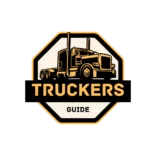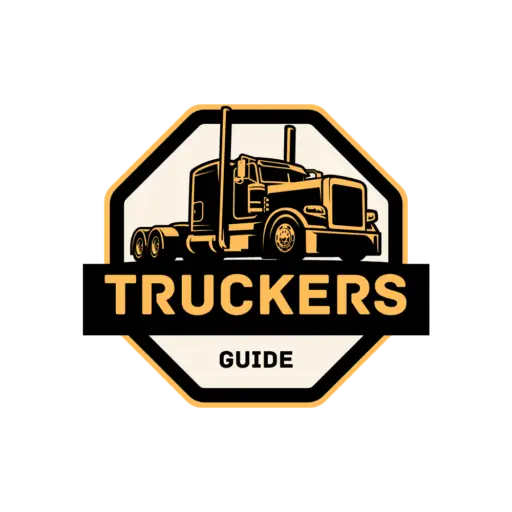As the U.S. trucking industry continues to adapt to technology-driven regulations, one of the most frequently asked questions among owner-operators and fleet managers is whether older trucks—specifically those with engines manufactured before the year 2000—are required to use Electronic Logging Devices (ELDs).
Let’s break down the current rules, exceptions, and what truckers need to know in 2025.

What Is the ELD Mandate?
The ELD mandate was introduced by the Federal Motor Carrier Safety Administration (FMCSA) and went into full effect on December 16, 2019. It requires most commercial drivers who are required to prepare Hours of Service (HOS) records to use ELDs to electronically log their driving hours.
The goal is to improve road safety by ensuring drivers aren’t exceeding legal driving limits.
Are Pre-2000 Trucks Exempt from the ELD Rule?
Yes. Trucks with engines manufactured before the year 2000 are exempt from the ELD mandate.
But here’s the catch:
👉 It’s based on the engine model year, not the truck’s VIN or chassis year.
Why the Pre-2000 Engine Exemption Exists
ELDs rely on the truck’s electronic control module (ECM) to gather data like engine hours, vehicle movement, miles driven, and more.
Most pre-2000 engines don’t have the ECM capabilities required to support ELDs—so requiring them to install one would be impractical.
Hence, FMCSA created a technical exemption for these older engines.
What If My Truck Has a Glider Kit or a Swapped Engine?
This is where things get a bit more complicated:
🔁 Glider Kits:
These are new truck frames fitted with older engines, commonly pre-2000 models. If the engine in your glider kit is pre-2000, it qualifies for the ELD exemption—even if the chassis is newer.
🛠 Engine Swaps:
If you swapped your engine and now have a post-2000 engine, you must comply with the ELD rule—even if your truck’s body is older.
What Kind of Proof Do I Need to Show?
The FMCSA does not require drivers to carry engine documentation in the truck. However:
- Motor carriers must retain documentation showing the engine’s model year.
- This should be stored at the company’s principal place of business, as required by 49 CFR Part 379.
It’s a good idea to keep a copy of the engine’s serial number or manufacturing details handy, just in case you need to prove exemption during a DOT inspection.
Are There Any Regulatory Changes in 2025?
As of now (April 2025), there are no new changes to the pre-2000 engine exemption.
However, the FMCSA has:
- Requested public comments on whether the exemption should be revised.
- Considered issues with remanufactured engines, glider kits, and fraudulent documentation.
🚨 Important: Any regulatory changes will likely go through a public comment period before becoming law. So, while it’s worth keeping an eye out, there’s no immediate change affecting older trucks.
Should I Still Use an ELD on a Pre-2000 Truck?
Legally, you don’t have to—but practically, it might make sense if:
- You operate a mixed fleet (some trucks require ELDs).
- You want better HOS tracking, fuel efficiency data, or fleet monitoring.
Some ELD providers offer plug-and-play devices that work with older trucks (via GPS and manual logs) even if they don’t connect directly to the engine.
Final Word
In 2025, trucks with pre-2000 engines are still exempt from the ELD mandate, according to the latest FMCSA guidance.
But always verify the engine’s manufacturing year, not just the truck’s age or VIN, to ensure you’re in compliance.
✅ Quick Checklist:
- Engine manufactured before 2000? ➝ ELD not required
- Engine manufactured 2000 or later? ➝ ELD required
- Engine swap or glider kit? ➝ Check engine year
- Documentation? ➝ Keep on file at company HQ
Want help finding ELD options that work with older trucks, or need support setting up compliance documentation? Reach out to us—we’re here to keep your fleet safe and road-legal.


